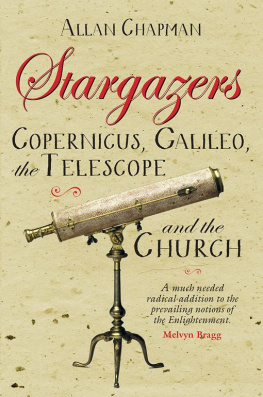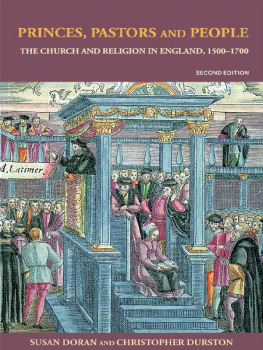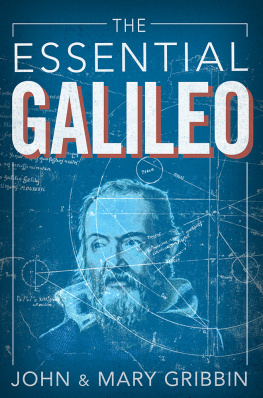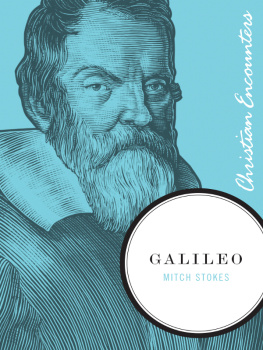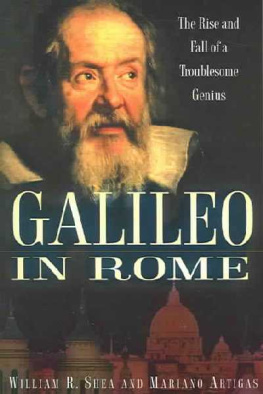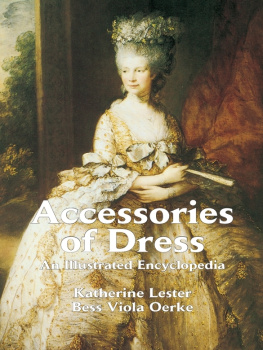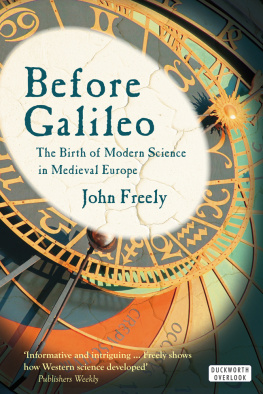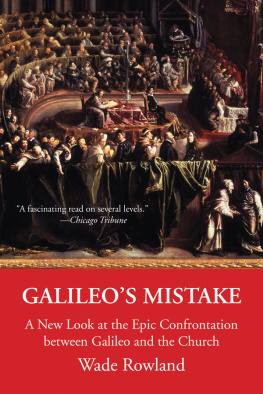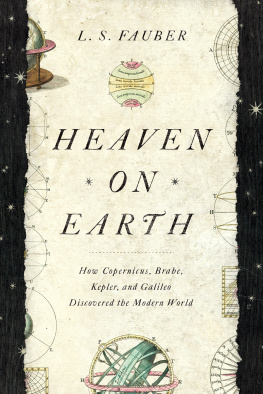Chapman Allan - Stargazers: Copernicus, Galileo, the telescope and the Church: the astronomical renaissance 1500-1700
Here you can read online Chapman Allan - Stargazers: Copernicus, Galileo, the telescope and the Church: the astronomical renaissance 1500-1700 full text of the book (entire story) in english for free. Download pdf and epub, get meaning, cover and reviews about this ebook. year: 2014, publisher: Lion, genre: Non-fiction. Description of the work, (preface) as well as reviews are available. Best literature library LitArk.com created for fans of good reading and offers a wide selection of genres:
Romance novel
Science fiction
Adventure
Detective
Science
History
Home and family
Prose
Art
Politics
Computer
Non-fiction
Religion
Business
Children
Humor
Choose a favorite category and find really read worthwhile books. Enjoy immersion in the world of imagination, feel the emotions of the characters or learn something new for yourself, make an fascinating discovery.
- Book:Stargazers: Copernicus, Galileo, the telescope and the Church: the astronomical renaissance 1500-1700
- Author:
- Publisher:Lion
- Genre:
- Year:2014
- Rating:5 / 5
- Favourites:Add to favourites
- Your mark:
- 100
- 1
- 2
- 3
- 4
- 5
Stargazers: Copernicus, Galileo, the telescope and the Church: the astronomical renaissance 1500-1700: summary, description and annotation
We offer to read an annotation, description, summary or preface (depends on what the author of the book "Stargazers: Copernicus, Galileo, the telescope and the Church: the astronomical renaissance 1500-1700" wrote himself). If you haven't found the necessary information about the book — write in the comments, we will try to find it.
Chapman Allan: author's other books
Who wrote Stargazers: Copernicus, Galileo, the telescope and the Church: the astronomical renaissance 1500-1700? Find out the surname, the name of the author of the book and a list of all author's works by series.
Stargazers: Copernicus, Galileo, the telescope and the Church: the astronomical renaissance 1500-1700 — read online for free the complete book (whole text) full work
Below is the text of the book, divided by pages. System saving the place of the last page read, allows you to conveniently read the book "Stargazers: Copernicus, Galileo, the telescope and the Church: the astronomical renaissance 1500-1700" online for free, without having to search again every time where you left off. Put a bookmark, and you can go to the page where you finished reading at any time.
Font size:
Interval:
Bookmark:

Text copyright 2014 Allan Chapman
This edition copyright 2014 Lion Hudson
The right of Allan Chapman to be identified as the author of this work has been asserted by him in accordance with the Copyright, Designs and Patents Act 1988.
All rights reserved. No part of this publication may be reproduced or transmitted in any form or by any means, electronic or mechanical, including photocopy, recording, or any information storage and retrieval system, without permission in writing from the publisher.
Published by Lion Books
an imprint of
Lion Hudson plc
Wilkinson House, Jordan Hill Road,
Oxford OX2 8DR, England
www.lionhudson.com/lion
ISBN 978 0 7459 5627 5
e-ISBN 978 0 7459 5787 6
First edition 2014
Acknowledgments
Extracts from The Authorized (King James) Version. Rights in the Authorized Version are vested in the Crown.
Reproduced by permission of the Crowns patentee, Cambridge University Press.
A catalogue record for this book is available from the British Library
Cover image: SSPL/Getty Images
To Rachel: Wife, Scholar, and Best Friend
CONTENTS
1 New Brightness from Old Light
Part 1: The Classical Cosmos
2 New Brightness from Old Light
Part 2: Matter, Elements, and Forces
9 Galileo Galilei: In Pursuit of Fame, 15641610
Part 1: Early Life
10 Galileo Galilei: In Pursuit of Fame, 1564-1610
Part 2: Inventions, Publications, and Padua
11 Galileo Galilei: Fame at Last
Part 1: Galileo and the Telescope
12 Galileo Galilei: Fame at Last
Part 2: New Starry Wonders
13 No one expects the Spanish Inquisition
Part 1: Galileo, the Telescope, and the Church
14 No one expects the Spanish Inquisition
Part 2: Galileo in Rome, 1616
Acknowledgments
There are many individuals who have, in various ways, encouragedand assisted me over the years with the research which lies behindthis book, and I am grateful to them all. Especial thanks, however,are due to my late friend Peter Hingley, Royal Astronomical SocietyLibrarian, and my still very active friend Tony Simcock, Archivistof the Museum of the History of Science, Oxford, for theirunfailingly generous help with all the queries I have thrown in theirdirection; Kevin Kilburn, of the Manchester Astronomical Society,for his planetary computing skills; my late good friend Sir PatrickMoore, C.B.E., F.R.S., for his inspiration from childhood onwards;Jane Fletcher and the BBC Sky at Night team; and Martin Durkin,Director of WAG TV. Nor can I forget the inspiration I havereceived from the late Colin Ronan and Andrew Murray who (alongwith Patrick Moore), at R.A.S. Club dinners, knew how to combineerudition and stimulating conversation with good fellowship: atradition carried on by present-day Club members. In particular,too, I wish to thank Ali Hull, of Lion Hudson, for all her adviceand encouragement; Margaret Milton, also of Lion Hudson, forher expert masterminding of the books production, and my copyeditor, Julie Frederick, for her sensitive efficiency in weeding outthe inevitable errors and infelicities of style.
Institutionally, I am indebted to the skills and assistance of librarian friends in Wadham College (Tim Kirtley and FrancescaHeaney) and in Christ Church (Janet McMullin, Cristina Neagu,Judith Curthoys, and Angela Edward), in the History FacultyLibrary, and in the Bodleian Library, all in Oxford; and in the RoyalSociety, the Royal Astronomical Society, the National MaritimeMuseum, Greenwich, Manchester Central and Salford CityLibraries, and numerous other institutions. In addition, I wouldlike to express my gratitude to the Curators of the Collectionsof the Museum of the History of Science, Oxford (especially thelate Francis R. Maddison, Gerard LEstrange Turner, and John D. North, who taught me a great deal about how to examine andto learn from historical scientific artefacts), and of the NationalMaritime Museum (in particular the late Commander Derek Howse R.N.). And I would also like to acknowledge my debt to LancasterUniversity, where I took my first degree, in History.
And as I always learn so much from my students, I would liketo express my heartfelt thanks to them; and also to the membersof the numerous astronomical and scientific societies to whichI am invited to lecture, especially the Salford, Lancashire, theMexborough and Swinton, Yorkshire, and the Orwell, Suffolk,Astronomical Societies, the Society for the History of Astronomy,and the William Herschel Society, all of which I have the honourof serving as Honorary President. For I always maintain that thereis nothing like teaching and lecturing before live audiences to obligeone to master ones ideas thoroughly and present them with lucidity,and to defend oneself when challenged. I am also greatly indebtedto Wadham College and its Chapel, and to Christ Church and itsCathedral for the intellectual stimulus and spiritual support I havefound there, and to my native parish churches of St Thomas andSt Anne, Clifton, Salford, Lancashire, where I have many friends.
But most of all, I am hugely indebted to my wife Rachel, who hasworked alongside me at every stage of this book, for her manifoldskills, unfailing encouragement, and infinite patience in coping witha husband whose office and administrative skills are not quite on apar with his skills as an astronaut!
Preface
Galileo is probably the most written-about figure in the entirehistory of astronomy. His life, and in particular his condemnationon a technical charge of heresy in 1633, has inspired poets, artists,novelists, playwrights, and hagiographers, especially in the wakeof the Romantic movement after c.1780, and the post-Russian-Revolutionary and Nazi eras. Yet was Galileo really the martyr tointellectual freedom that popular legend intones?
And a century before him, was poor Copernicus the TimidCanon of Arthur Koestlers excellent The Sleepwalkers (1959) really the publicity-shy lone genius keeping his great thoughts tohimself, and only daring to disclose them to the world when he feltdeaths hand upon him?
What I hope to do in Stargazers is not only to re-visit these storiesand re-examine them within the wider context of well-documentedhistory, but also to look at the significance of the achievements of other figures whom the popular historical perception has cast intoa mere supporting role. These include Tycho Brahe, who appearedto be famous because he was an irascible Danish aristocrat, witha golden nose and a pet dwarf, who did arcane things with biginstruments from his exotic island castle observatory. Then therewas Tychos lapdog, the German Johannes Kepler, who hadstrange theories about occult forces, and said that the planetsmoved in ellipses.
What is unfortunate, however, is that this legendary history of astronomy rarely addresses awkward recorded facts: that the suncentred astronomical theories of the Timid Canon Copernicus,for example, were already well known long before he died, andthat in his own lifetime Copernicus was both a highly respectedecclesiastical lawyer and a medical doctor of considerable standing.And if being a Copernican was so dangerous, how was it that theLutheran Protestant Kepler, who published his first overtly pro-Copernican treatise aged 25, in 1596, would go on to be employed,and respected, by two deeply Catholic Holy Roman Emperors inPrague, and would never be hauled up before the Inquisition?
Instead of being concerned with the supposed confrontationsof legend, Stargazers looks at the bigger picture, setting the greatastronomical discoveries and innovations within the wider contextof the Renaissance: the Italian Renaissance for Galileo, and what Istyle the Northern Renaissance for Copernicus, Tycho, Keplerand a good few others. For the astronomical discoveries were partof a pan-European cultural movement which included not onlyLeonardo, Machiavelli, and Monteverdi, but also Shakespeare,Luther, and Rembrandt. And that pan-European movement wasnot just about art, literature, and music, but also about business,global exploration, religion, education, politics, medicine, science,and much else besides.
Next pageFont size:
Interval:
Bookmark:
Similar books «Stargazers: Copernicus, Galileo, the telescope and the Church: the astronomical renaissance 1500-1700»
Look at similar books to Stargazers: Copernicus, Galileo, the telescope and the Church: the astronomical renaissance 1500-1700. We have selected literature similar in name and meaning in the hope of providing readers with more options to find new, interesting, not yet read works.
Discussion, reviews of the book Stargazers: Copernicus, Galileo, the telescope and the Church: the astronomical renaissance 1500-1700 and just readers' own opinions. Leave your comments, write what you think about the work, its meaning or the main characters. Specify what exactly you liked and what you didn't like, and why you think so.

